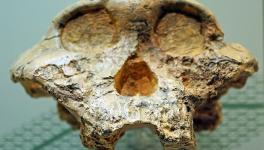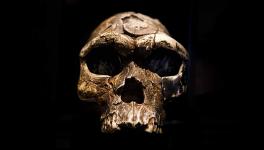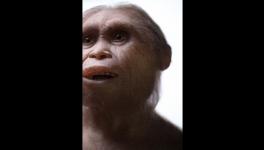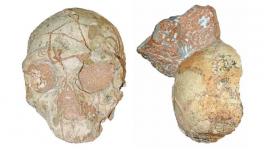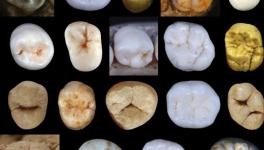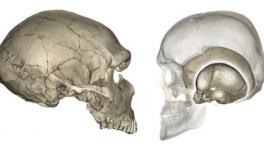Socialisation Was Driving Force in Shaping Modern Human Face
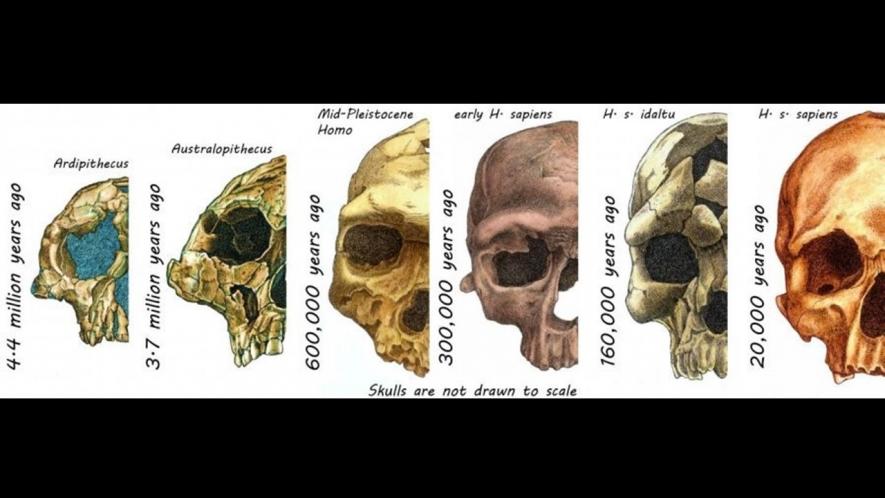
Image Courtesy: Sciencealert
Socialisation could also be a driving force behind human evolution, as has been found in many researches on the evolution of the species. This time, the recent research published in Nature Ecology & Evolution argues that the evolutionary history of the human face, especially in giving the shape and appearance that we see today, also had socialisation as a driving force. The four million years of history of the human face have been detailed in it.
Thanks to the discovery of the fossils, researchers now can trace how faces have evolved over time, starting from extinct hominin species that walked on earth to Neanderthals and to Homo sapiens, the hominin species surviving now.
Early human ancestors were quite capable of using sophisticated tools, and findings say that Neanderthals could also make cave arts. Then what sets the modern humans apart? The new study says that it was the need of increased communication on part of the modern humans that made the Homo sapiens act differently than their closest relatives, which also gave them a different look.
The human face, as the study’s investigation finds, has to be seen as the result of biomechanical, physiological and social influences. Climate and diet, of course, contributed to the shaping up of the human face, but the need for non-verbal communication influenced the shaping of our face. The modern eyebrows became smooth and capable of a wide range of movements. Human faces became slimmer, which made them capable of expressing subtle emotions like sympathy and recognition. In contrast, early hominins, creatures more human than apes, tended to have a more pronounced eyebrow ridge restricting them from subtle facial expressions.
"We can now use our faces to signal more than 20 different categories of emotion via the contraction or relaxation of muscles," Paul O'Higgins, professor of anatomy at the Hull York Medical School, and a leading author of the study, was quoted to have said. "It's unlikely that our early human ancestors had the same facial dexterity as the overall shape of the face and the positions of the muscles were different."
“We know that other factors such as diet, respiratory physiology and climate have contributed to the shape of the modern human face, but to interpret its evolution solely in terms of these factors would be an oversimplification,” he added.
Eating habits also had a part to play in shaping of the modern human face. Faces gradually got smaller with the ability to cook and process food, as this reduced the need to chew. The faces became slimmer, which became pronouncedly visible since the agricultural revolution that switched humans from being hunter gatherers to farmers and then to living in cities. Each of these steps contributed to consumption of increasingly pre-processed foods that resulted in lesser physical efforts. Nevertheless, there are limits to changes in our facial shape. For example, breathing needs a large nasal cavity and eating also needs the oral cavity of certain degrees of size. However, within these limits, the facial evolution of human beings is likely to continue as long as we survive in this planet.
Also Read: ‘Cooperation’ as a Crucial Factor in Human Language Evolution
Get the latest reports & analysis with people's perspective on Protests, movements & deep analytical videos, discussions of the current affairs in your Telegram app. Subscribe to NewsClick's Telegram channel & get Real-Time updates on stories, as they get published on our website.









